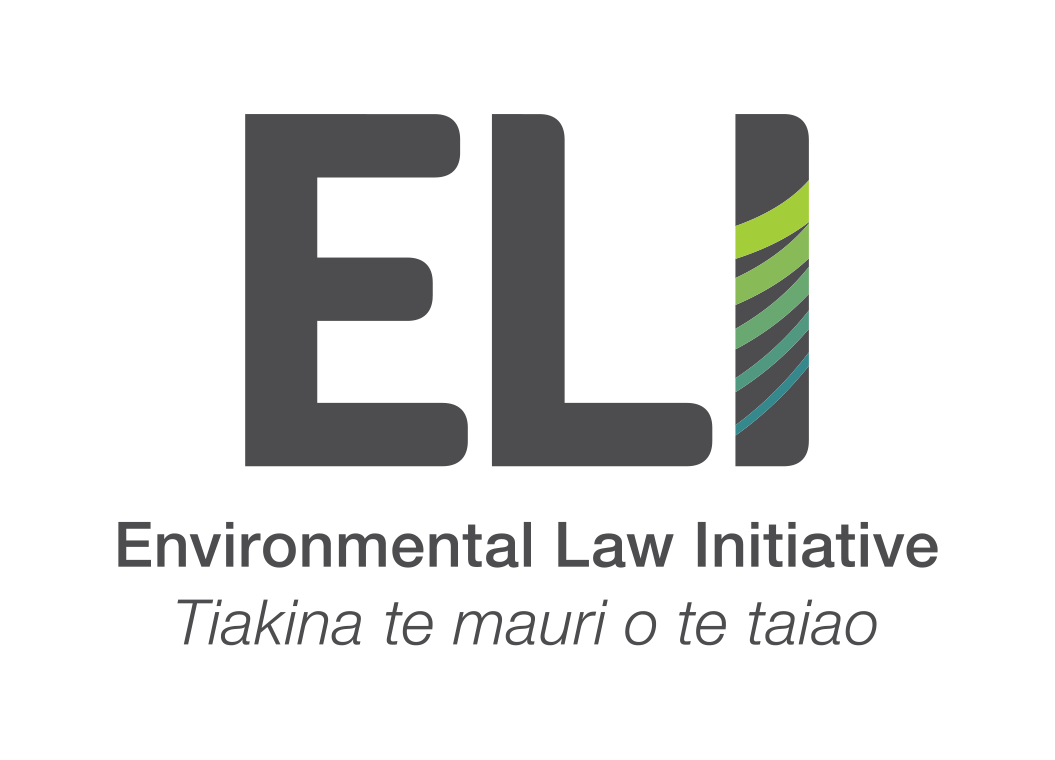What do NZ’s latest wetland regulations mean?
The Government’s latest wetland regulations have a lot of people talking, and for good reason.
Wetlands play a vital role in the health of NZ’s natural environment and the planet, providing vast and long-term carbon sequestration and storage. Healthy wetlands also perform a range of other impressive functions. When healthy, wetlands are natural purifiers, filtering land runoff before it pollutes rivers and streams. They also absorb heavy rain flows, and release water gradually, serving as natural buffers for floods and coastal inundation. We all depend on biodiversity, and wetlands provide essential habitats for a range of native birds, fish, invertebrates, and plants to thrive. Coastal wetlands have a unique importance, as critical habitat for the growth and lifecycles for fish species throughout our freshwater ecosystems.
Recently, the New Zealand government made changes to the 2020 Freshwater Package after collecting input from the public. The 2020 Freshwater Package was supposed to provide increased protections for wetlands, in line with the government's policy goal of "no further loss." However, following a lengthy consultation process, the government has proceeded with significant changes against recommendations of eNGOs and other concerned groups.
Why are we still losing wetlands in NZ?
Despite their essential role in climate regulation, biodiversity, and freshwater – wetlands remain undervalued by policy makers on a global scale. In New Zealand, wetlands are often drained for land use and development.
A report by the National Wetland Trust, which ELI commissioned in 2020, conducted a multi-pronged investigation into the root cause of wetland loss, identifying policy weaknesses that have enabled the loss of almost 5400 hectares of wetlands since 1996. NWT identified an extraordinarily low level of public compliance to wetland rules in place at that time: “e. Of the 79 wetlands cleared since 1996 that we investigated, none were subject to a resource consent, yet most would have required one. Lack of enforcement appears to be a major contributing factor, with an apparently low risk of penalty for illegal drainage, and few ‘example-setting’ prosecutions to encourage compliance with rules and consent conditions.” The conclusion of the report? “To stop further wetland loss, councils need to do more than just write strong rules – they need to publicise and enforce them”.
What do the latest changes mean?
Amendments to the NPSFM were made in December 2022, with the regulation changes in force from the 5th of January 2023.
Under the new amendments, developers of landfills, quarries, urban developments, ski fields, and water storage will find it easier to gain consent to damage or drain wetlands. Coastal wetlands as a whole will no longer be protected under the new provisions, against recommendations made in our submission, and by the Parliamentary Commissioner for the Environment.
Coastal wetlands will no longer be protected under the government’s latest regulations
There are some positives to the amendments, however. The definition of "natural inland wetland" has been clarified, which may help implementation and improve protection for some important wetlands that may have been previously unintentionally excluded.
While improvements have been made to the initial proposal, weaknesses remain, and the underlying proposal to remove comprehensive protections for natural wetlands has stuck. This is particularly concerning because New Zealand has already lost a staggering 90% of its original wetlands, and these losses have continued under the RMA at a rapid pace.
The new wetland regulations rely much more on more consent conditions and monitoring to protect wetlands; two areas of weakness enabling wetland loss until now. We are concerned about the proposed checks and balances for ensuring compliance with this more resource-heavy approach. The amendments do little to address the underlying issues with councils' capacity to effectively enforce and monitor these regulations, as identified in the NWT report. This leaves the burden of risk on the environment if consent conditions are unsuccessful or un-implemented.
Overall, ELI is disappointed with the amendments, as they represent a significant weakening of protections for wetlands. The changes also highlight the fragility of regulations which have a firmly limiting effect on industry, and the risks of corporate capture on environmental limit-setting.
The weakening of wetland protections is especially concerning considering international commitments to wetland conservation and restoration, such as the goal of the COP 15 conference to conserve and manage 30% of inland waters and restore 30% of degraded inland waters.
What have we done about it?
Since we started out as an eNGO, ELI has made a number of efforts to improve protections for wetlands and prevent further losses. We’ve submitted our views on a range of public consultations on wetland public policy consultations (here, here and here). We also commissioned a report from the National Wetland Trust on the root causes of wetland loss in New Zealand, which found that systemic issues with compliance, monitoring and enforcement were key drivers of ongoing wetland loss in New Zealand.
What’s next?
As we enter the new year, the full effects of these amendments on wetlands are still unknown. However, ELI remains committed to wetland conservation, and will continue to advocate for their protection through education, public policy engagement, and, if necessary, legal action. To stay up to date with our actions in this space, sign up to our free monthly newsletter here.



